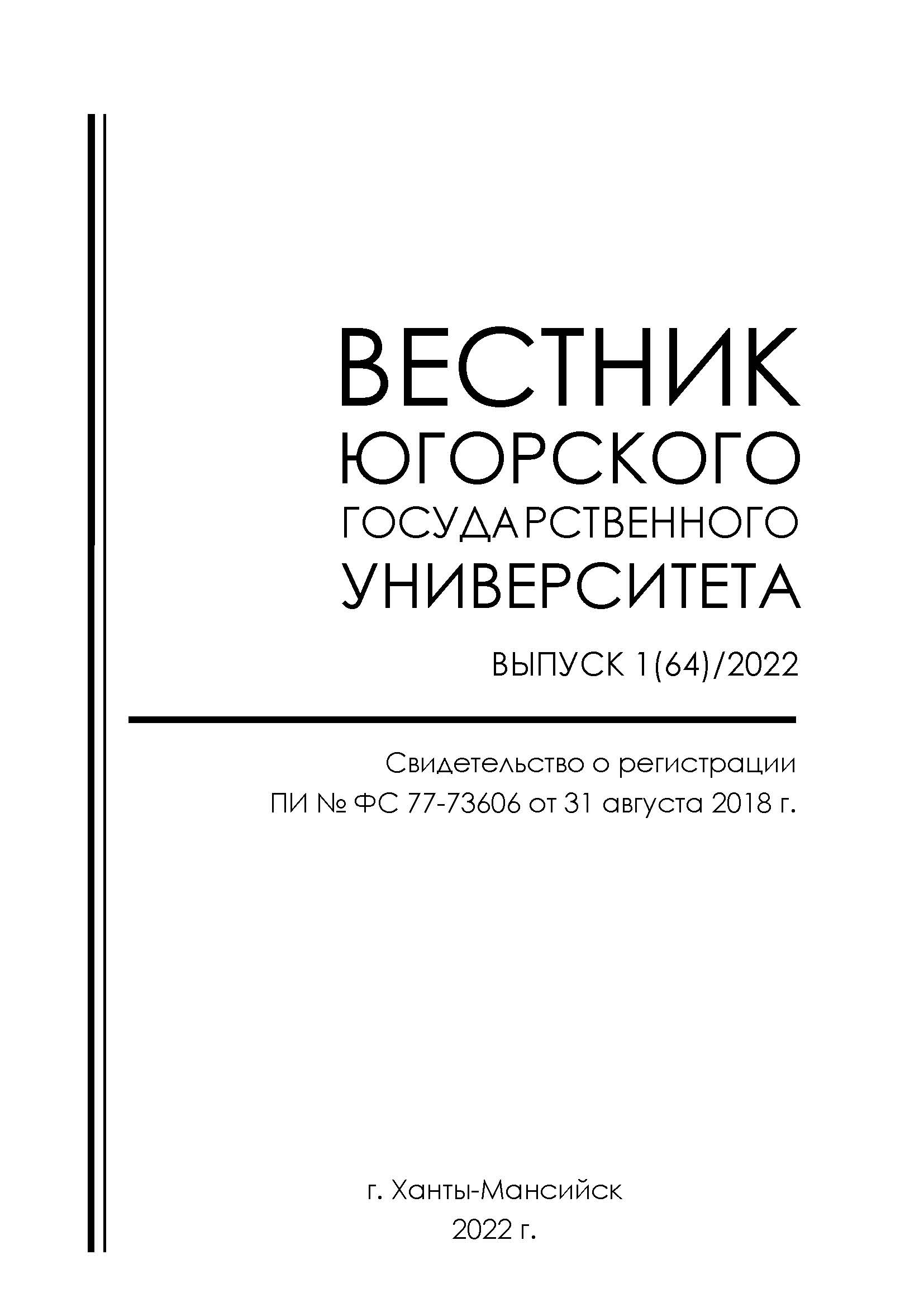Development of a recursive model for the calculation of transient processes in electric networks using the wavelet transformation
- Authors: Dolgikh N.N.1, Dyuba E.A.1, Osipov D.S.1
-
Affiliations:
- Yugra State University
- Issue: Vol 18, No 1 (2022)
- Pages: 59-66
- Section: Electrical Power Engineering
- Published: 10.05.2022
- URL: https://vestnikugrasu.org/byusu/article/view/107231
- DOI: https://doi.org/10.18822/byusu20220159-66
- ID: 107231
Cite item
Full Text
Abstract
The digital transformation of the electric power industry is one of the priority tasks for the development of the industry. Wavelet transform is widely used in the electric power industry to analyze the dynamics of complex non-linear non-stationary processes. The article proposes a method for calculating transient processes in electrical networks based on a recursive algorithm. The approximating and detailing wavelet coefficients of the discrete wavelet transform are used as the voltage signal. To select the optimal wavelet function, it is proposed to use a criterion that takes into account the accuracy of the signal recovery as a result of the inverse wavelet transform. The nature of the change in the calculation result with an increase in the number of iterations is shown. The results of a numerical experiment for a 110 kV network when calculating a three-phase short circuit showed an acceptable accuracy of the developed technique. The proposed technique makes it possible to compress the volume of transmitted digital data on normal and emergency modes of electrical networks.
Keywords
About the authors
Nadezhda N. Dolgikh
Yugra State University
Author for correspondence.
Email: n_dolgikh@ugrasu.ru
Senior Lecturer of the Higher Engineering School
Russian Federation, Khanty-MansiyskElena A. Dyuba
Yugra State University
Email: e_dyuba@ugrasu.ru
Senior Lecturer of the Higher Engineering School
Russian Federation, Khanty-MansiyskDmitry S. Osipov
Yugra State University
Email: d_osipov@ugrasu.ru
Doctor of Technical Sciences, Professor, Head of the Higher Engineering School
Russian Federation, Khanty-MansiyskReferences
- Манусов, В. З. Применение теории вейвлетов для анализа данных при решении задачи прогнозирования электрической нагрузки / В. З. Манусов, К. Н. Бойко. – Текст : непосредственный // Научные проблемы транспорта Сибири и Дальнего Востока. – 2015. – № 4. – С. 212–215.
- Мисриханов, А. М. Применение методов вейвлет преобразования в электроэнергетике / А.М. Мисриханов. – Текст : непосредственный // Автоматика и телемеханика. – 2006. – № 5. – С. 5–23.
- Czarnecki, L. S. Power properties of four-wire systems at nonsinusoidal supply voltage / L. S. Czarnecki, P. M. Haley. – doi: 10.1109/tpwrd.2015.2463253 // IEEE Transactions on Power Delivery. – 2016. – Vol. 31, Iss. 2. – P. 513–521.
- Осипов, Д. С. Разработка критерия выбора оптимального типа материнского вейвлета в задаче расчета активной и реактивной мощности систем электроснабжения / Д. С. Осипов. – Текст : непосредственный // Омский научный вестник. – 2018. – № 6 (162). – С. 71–75.
- Hamid, E. Y. Wavelet-based data compression of power system disturbances using the minimum description length criterion / E. Y. Hamid, Z.-I. Kawasaki. – doi: 10.1109/61.997918 // IEEE Transactions on Power Delivery. – 2002. – Vol. 17, Iss. 2. – P. 460–466.
- Guo, M.-F. Wavelet-transform based early detection method for short-circuit faults in power distribution networks / M.-F. Guo, N.-C. Yang, L.-X. You. – doi: 10.1016/j.ijepes.2018.01.013 // International journal of electric power and energy systems. – 2018. – Vol. 99. – P. 706–721.
- High impedance fault detection in power distribution systems using wavelet transform and evolving neural network / S. Silva, M. Gouvera, A. Lacerda [et al.]. – doi: 10.1016/j.epsr.2017.08.039 // Electric power systems research. – 2018. – Vol. 154. – P. 474–483.
- Dwivedi, U. D. A Wavelet-based denoising technique for improved monitoring and characterization of power quality disturbances / U. D. Dwivedi, S. N. Singh. – doi: 10.1080/15325000902762281 // Electric Power Components and Systems. – 2009. – Vol.37, №.7. – P. 753–769.
Supplementary files







